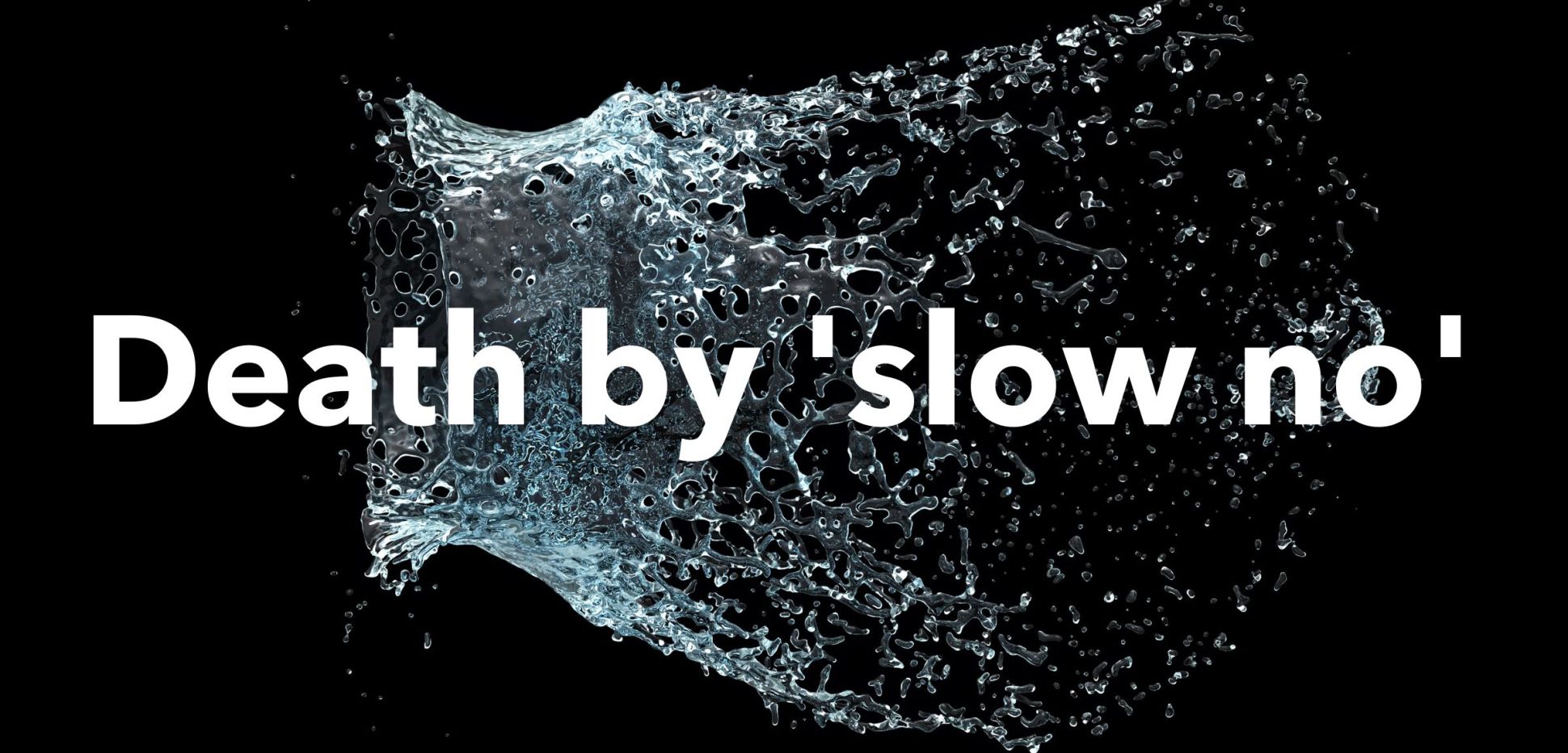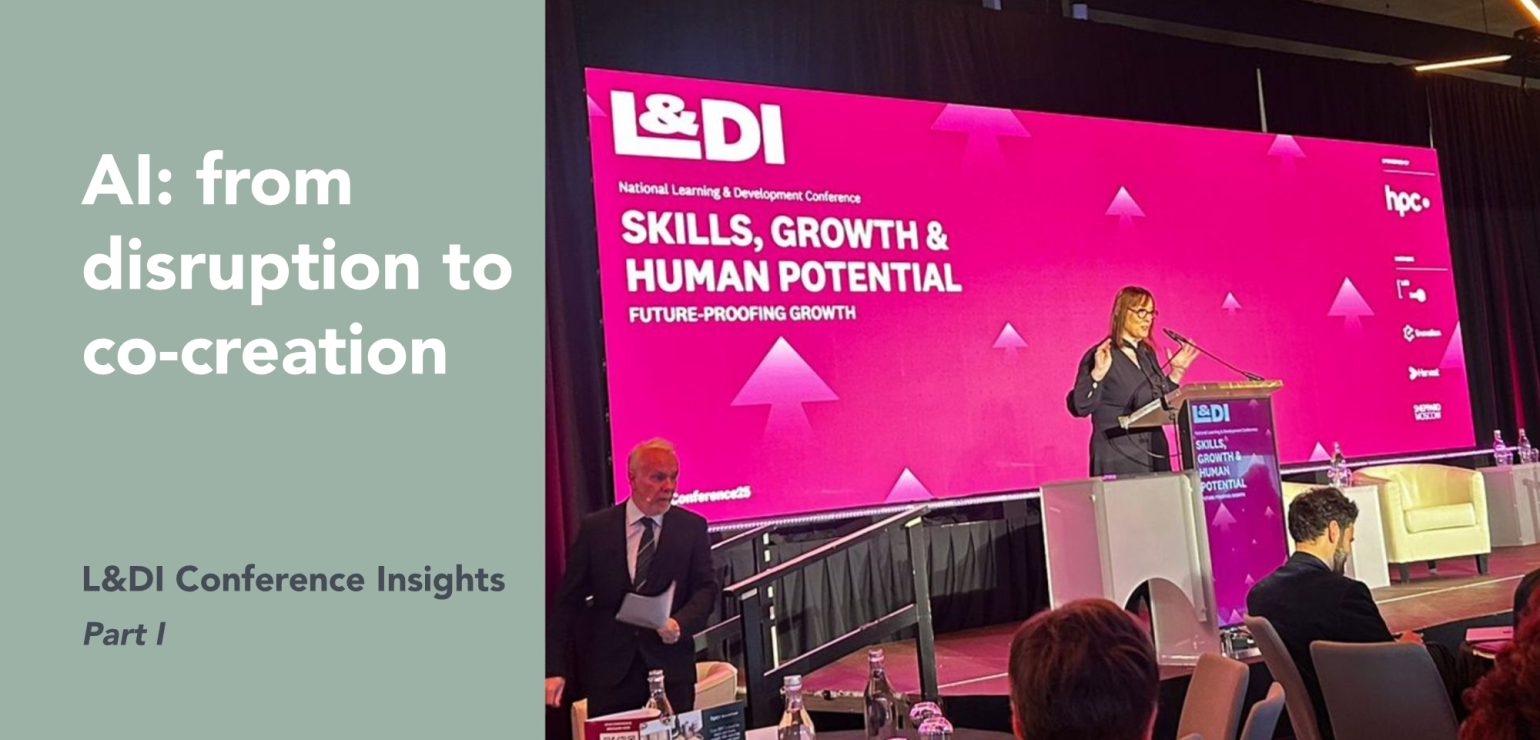Enabling faster decision-making in matrix organisations

Matrix structures have become the ubiquity for many a large enterprise. Created in the hope and expectation of driving more efficiency, identifying opportunities for scale, more global consistency of practice and stimulating far-greater innovation, too often decision-making becomes slow and laborious – unintentionally kicked into the long grass through death by a thousand emails!
One of the biggest problems in matrix structures is that the separate concepts of collaborating and consulting have been conflated, resulting in a process of decision-making by consensus. As a result, Executives who are frustrated by progress are minded to take back control; colleagues can become fearful of making decisions or simply they don’t want to expose themselves, so they look for approval from above. All of which means that many in the matrix start operating one level down and the difficult decisions get propelled upwards.
Nobody wins. The matrix feels disempowered; the most senior leaders feel they have to do all the decision-making; and just when the pressure is on organisations to make quicker decisions to keep a competitive advantage, many just can’t react quick enough.
So what’s the answer?
In short, Trust and Accountability – trusting in people to make good decisions and making them accountable for them. But how do you make this happen in a matrix structure where reporting lines are often multiple, and people can feel far removed from the epicentre of decision-making?
Our approach is often focused on returning to the critical process of ‘contracting’ within teams. What are our roles? Who needs to be consulted? How can individuals be empowered to take decisions? What are the guard rails for individuals to operate within? Who’s accountable for what? Sometimes these can be called ‘decision rights’ but we feel it’s better to focus on the sense of empowerment rather than on governance, which can mean a return to more traditional decision-making.
Together with the process of contracting, the environment needs to be created and nurtured to allow people to fail and learn; and in practical terms, let go of some of the purse strings – otherwise decision making without money can be a good but pointless intention. For example, we know at least one senior leader on a seven-figure salary, who can sign off no more than £10,000 of spend.
Mostly, we only know if our decisions are good or bad once we’ve made them and acted on them. We can expect our people to make sensible decisions, but we’ve also got to accept that they have to make their decisions under conditions of uncertainty with imperfect knowledge. Move fast, recover quickly, trust in your contracting.
In all this, the focus is on enablement rather than command, trust rather than control, accountability rather than overbearing oversight. In this way, organisations can speed up decision-making – and improve their corporate agility – at a time when it’s most needed!
Read more about building teams to improve organisational efficacy, or check out our blog on how a Leadership Culture Transformation project with Ford saw them through some of the most challenging times in the automotive industry.

 Deborah Gray
Deborah Gray 
 Aoife Keane
Aoife Keane 
